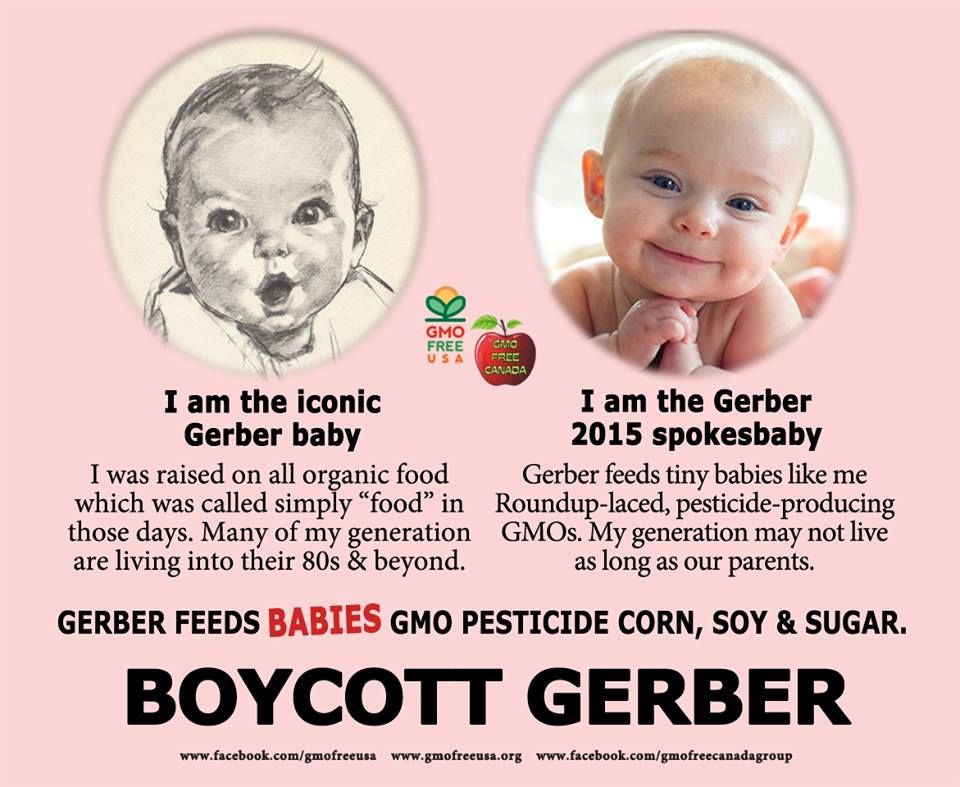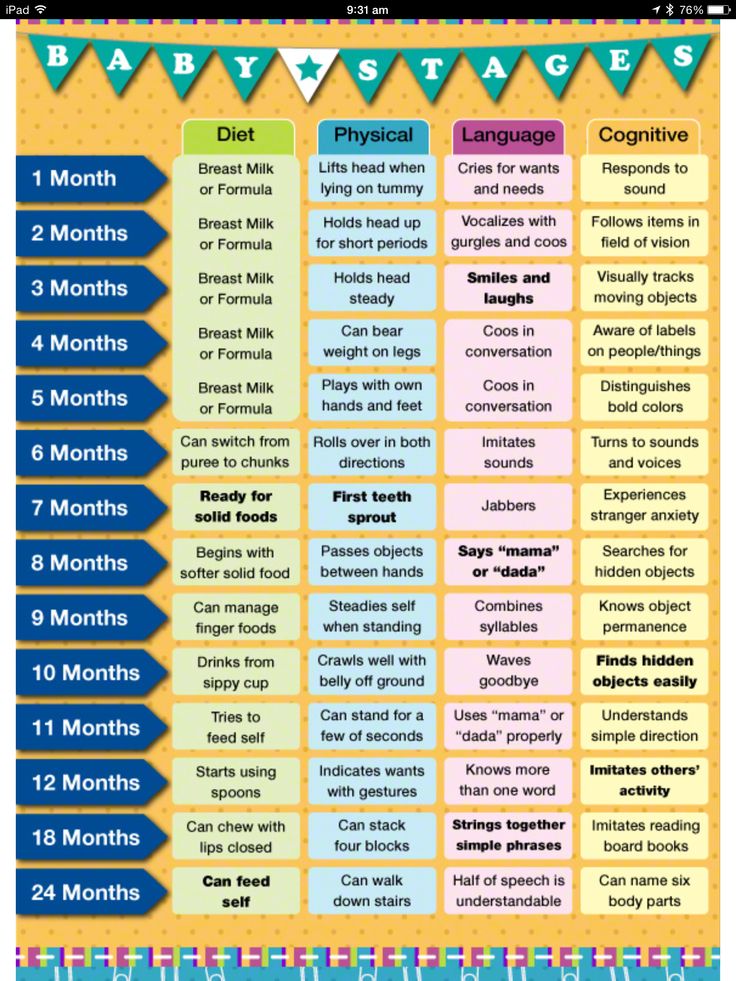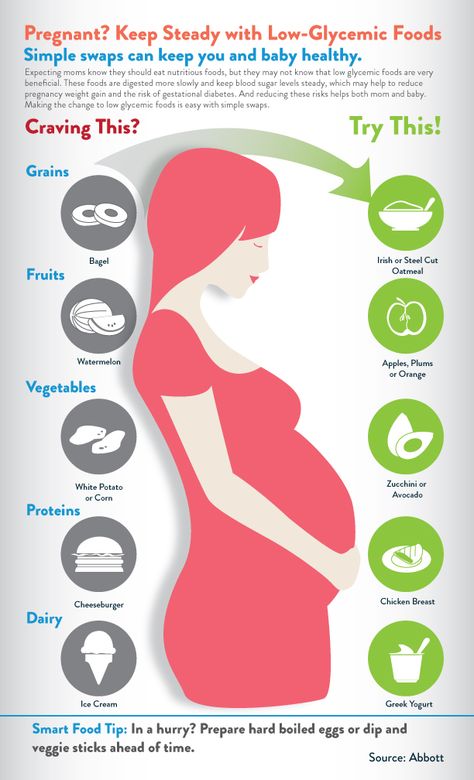Should i feed my baby organic food
Organic vs nonorganic food: Does it matter which I’m feeding my child?
Updated Oct 10, 2022
The demand for organic products, including food, has grown tremendously over the last few decades, and foods that used to only be found in specialty health food stores now fill the shelves at most major grocery stores. In fact, according to the Organic Trade Association, sales of organic foods topped $56 billion in 2020.
Clearly, organic foods have become popular. But what does “organic” actually mean — and is the label worth the extra cost? Keep reading to find out.
IN THIS ARTICLE:
What is the difference between organic foods vs nonorganic foods?
Organic foods vs nonorganic foods: Does it matter which type I’m feeding my child?
When should I try to purchase organic foods?
Takeaway
What is the difference between organic foods vs non-organic foods?
In the United States, the term organic signifies that a product has been grown or produced according to standards set forth by the United States Department of Agriculture (USDA). These standards set best practices for crop farming and animal production in the areas of soil quality, animal raising, pest and weed control, as well as the use of additives. If a food is labeled organic, it’s produced without conventional pesticides, genetic engineering (GMOs), and routine antibiotics.
In order to use the organic label, farms must apply for the organic certification through the USDA, a process that can be time-intensive and expensive. So while products sold at the grocery store are highly regulated, food at a local farmers’ market may not be! Chances are if you talk with local farmers, you may find a farm following organic practices that cannot afford to become certified or simply chooses not to. Moral of the story? It’s worth learning about where your food comes from if you can!
There are four categories a food or product could fall under for organic labeling. A few of them use the USDA Organic seal and some of them don’t.
Here’s a quick recap of the different categories so you can be better informed next time you’re at the grocery store.
Organic vs. nonorganic foods: Does it matter which type I’m feeding my child?
The decision whether or not to serve organic foods to your child or family is a highly personal one based on multiple factors, including budget and accessibility. Organic food almost always costs more than its conventional counterparts and although it has grown in popularity, it is not always possible to find.
While there is no definitive answer to the organic vs. nonorganic debate — even in children — one potential benefit for choosing organic foods is reducing pesticide exposure. The pesticide levels found on produce regularly test under the allowable safety limits, but many still worry about the risk they pose to children’s developing bodies.
A few small studies show shifting to an organic diet quickly and significantly reduces pesticide residues in the bodies of preschool and elementary-aged children. However, these studies do have limitations and more research is needed in this area.
However, these studies do have limitations and more research is needed in this area.
Additionally, pesticides may be found in our environments as well as the food we eat, so choosing organic food is only one way to reduce exposure.
Although some families prefer the taste of organic food or feel it is better for the environment, the research is not conclusive enough to say organic is better than nonorganic, even in children.
As with all feeding matters, choosing organic doesn’t have to be all or nothing. Keep reading for ways to incorporate organic food into your diet in a way that works for your family.
Is organic food really better?
Consuming organic food is often believed to reduce exposure to pesticides, to be better for the environment, and to be more nutritious. While the research isn’t completely conclusive in telling us whether or not organic food is healthier overall, here is what it can tell us.
According to a 2012 scientific review, organic food was not found to be significantly more nutritious than nonorganic, but consuming organic food likely reduces exposure to pesticides and antibiotic-resistant bacteria. It’s worth noting that all the food tested was still under the allowable safety limits for pesticide use. However, if reducing pesticide exposure is important to you, this may be a reason to choose organic.
In 2020, another review looked at the benefits of organic versus conventional food as it related to overall human health. It concluded that the current research is not definitive as most studies look at pesticide exposure and cannot determine long-term health effects. However, there were some significant positive outcomes related to reduced occurrences of infertility, birth defects, allergies, ear infections, pre-eclampsia, metabolic syndrome, high BMI, and non-Hodgkin lymphoma with an increased organic food intake.
Overall, we can conclude there are likely some benefits to consuming organic food, but it is difficult to determine how great the benefits really are. Additionally, we know eating a varied diet rich in produce leads to positive health outcomes regardless if the food is organic or not.
Alternative options for choosing organic
1. Choose organic for select foods
You can use the Environmental Working Group’s (EWG) Dirty Dozen and Clean Fifteen lists to see what foods are typically higher in pesticides and which ones are typically lower. These lists are updated each year.
2. Look for produce alternatives
Frozen or canned organic produce may likely still be more expensive than their conventional counterparts, but may be cheaper than buying fresh. Frozen and canned produce has been shown to be just as nutritious as fresh produce.
3. Grow your own
Set up a garden in your backyard or seek out a community garden, and try your hand at growing your own produce. You will be in control of how the food is produced from start to finish!
4. Purchase from a local farm or farmers market
Many smaller local farms follow organic practices, but aren’t necessarily certified as USDA organic due to the cost. Talk with the farmer to understand their practices and find a farm that aligns with your family’s values.
When should I try to purchase organic foods?
If you have the opportunity to purchase organic and you would like to, here are a few types of foods that are likely worth the extra cost and a few that might not be.
Foods to consider purchasing organic:
Every year, the EWG releases a list of produce that likely has the highest pesticide residue. They review data from USDA and FDA testing to compile the list. If you are trying to limit pesticide exposure, this list is a great place to start.
They review data from USDA and FDA testing to compile the list. If you are trying to limit pesticide exposure, this list is a great place to start.
Since babies have smaller bodies and less developed body systems, being exposed to pesticides may be harder on them. If your baby loves blueberries and eats them every morning, it may be worth purchasing organic if you can.
Produce where you eat the whole fruit or vegetable such as leafy greens, berries, or apples may be good choices to purchase organic since you eat the whole thing.
Foods that might not really matter:
Foods you peel
Peeling the skin off of a piece of fruit or vegetable will likely reduce the pesticide exposure. If you are looking to save on organic, skips foods such as bananas, avocados, and citrus fruits.
Much of the research focused on organic foods has been done on produce and pesticide exposure. So it’s difficult to determine the impact of choosing an organic packaged snack. Ideally, these types of foods are more limited in your child’s diet anyway, so it might not be worth the extra money here.
So it’s difficult to determine the impact of choosing an organic packaged snack. Ideally, these types of foods are more limited in your child’s diet anyway, so it might not be worth the extra money here.
Takeaway
Whether you decide to feed organic food to your family is a largely personal decision based on a number of factors, including some that may be outside of your control. Rest assured, we are here to support your parenting journey regardless of your choice.
The bottom line: Ultimately, only you can decide if purchasing organic food is best for your family. If you want to and are able to purchase organic foods, that’s great! If you are unable to purchase organic or don’t want to, that’s OK too. Whichever you choose, do your best to eat a varied diet, full of as many whole foods as possible.
Is Organic Baby Food Healthier for Babies?
Keywords
Holly Daniels Nelson
So, you’re a new parent and up until now, your baby has been content with either breast milk or formula. But now, your baby is showing an interest in the food on your plate. Once you’ve determined your baby is developmentally ready for solids (she can sit without support, doesn’t automatically push solids out of her mouth, is willing and able to chew, and is interested in food ) how do you know where to start? Since junior has far fewer teeth than you do, you begin with food that’s easier to swallow.
But now, your baby is showing an interest in the food on your plate. Once you’ve determined your baby is developmentally ready for solids (she can sit without support, doesn’t automatically push solids out of her mouth, is willing and able to chew, and is interested in food ) how do you know where to start? Since junior has far fewer teeth than you do, you begin with food that’s easier to swallow.
The baby food aisle at the grocery store is filled with an overwhelming number of options. Do you start with cereal or vegetables? Which is better for your baby: organic, conventional, or homemade baby food? To find out, I asked Amelia McBride, MS, CD, a pediatric dietitian at Intermountain Riverton Hospital in Riverton, UT, who works in Primary Children’s outpatient services.
What type of food should you feed your baby first?
As a dietitian, Amelia encourages babies to start with vegetables and then add fruits, so they learn to like vegetables, since fruits taste sweeter. “Cereal is thought to be the gold standard for introducing solids, but there’s no indication it’s better or worse than starting with other pureed foods,” says Amelia. “If you want to start with cereal, I’d recommend oatmeal, due to recent reports of high arsenic levels in rice cereal.”
“Cereal is thought to be the gold standard for introducing solids, but there’s no indication it’s better or worse than starting with other pureed foods,” says Amelia. “If you want to start with cereal, I’d recommend oatmeal, due to recent reports of high arsenic levels in rice cereal.”
Which is better for your baby: organic, conventional, or homemade baby food?
“There are pros and cons to all three types of food, but from a nutrition standpoint, organic options aren’t any more nutritious, and cost can be a barrier for some families,” says Amelia.
A Stanford University study found organic baby food may have a lower risk of pesticide contamination, but conventional baby food rarely exceeds pesticide limits set by the EPA.
“If organic production methods are important to you from an environmental standpoint, you may feel organic is worth the extra cost,” she adds. Knowing the pros and cons of organic, conventional, and homemade baby food can help you decide what to feed your baby based on your budget, lifestyle, and time constraints.
Pros and cons of commercial baby food
Pros
- Convenient, ready to use
- Doesn’t need to be prepared or refrigerated until after it’s opened
- Longer shelf life
- Met safety requirements in the preparation process
Cons
- Limited to what’s available
Are pouches or jars better?
“Pouches are convenient for just putting a small amount on the spoon, so usually there’s less waste and less mess,” says Amelia. They’re less likely to spill or break, but may cost more. “The biggest drawback is that pouches don’t help your child develop as many motor skills as using a spoon. They’re great for on the go, just don’t use them all the time,” she adds.
Jars are economical but can spill or break. They’re good to use at home when you can put food in a dish so your child can learn to use a spoon. “Once you’ve put a used spoon in the food, the saliva can contaminate the food, so throw away any food that has saliva in it,” Amelia says.
Pros and cons of non-organic commercial baby food
Pros
- Less expensive
- Wide variety
- Readily available
- Available through food assistance programs
- Food safety guidelines have been met
Cons
- Potential exposure to pesticides, but rarely exceeds pesticide limits
Pros and cons of organic commercial baby food
Pros
- Same advantages as conventional baby food
- Slightly less chance of pesticide contamination
Cons
- Limited to what’s available
- Usually more expensive
- Not available everywhere or through some food assistance programs
Pros and cons of homemade baby food
Pros
- Economical
- You can vary the texture by pureeing or mashing
- You can use what the rest of the family is eating as baby is ready for it
- You can use fresh, frozen, or canned fruits/vegetables and cooked meats
- Food that can be mashed fresh without cooking may have more nutrition than canned versions (ripe bananas, avocados, pears, etc.
 )
)
Cons
- Time commitment
- Not shelf stable. Must be refrigerated within two hours and keeps only 24-48 hours.
Babies can be at a higher risk for food-borne illness since their immune system is still developing. Be sure your baby’s food is prepared safely with these tips:
- Wash your hands before preparing the food and feeding your baby.
- Avoid cross contamination, especially when handling raw meats.
- Cook meats to recommended temperature.
- Rinse fruits and vegetables.
- Avoid sweetening or adding salt.
- Use a hand grinder, electric grinder, blender, or food processor to puree.
- You can thin food with breast milk or formula if needed.
- You can store items that contain dairy, eggs, and cooked meat in the refrigerator for up to 24 hours and fruits and vegetables for up to 48 hours. Freeze extra food in child-sized portions and thaw in the microwave when ready to use.

- Always test heated food to make sure it’s cooled enough to feed your baby.
- When introducing a new food, wait one to two days in between servings. If you have a family history of food allergy, talk to your pediatrician.
Making a mess while eating encourages learning
As your baby gets older, add texture and let them feed themselves. Your baby will let you know when they’re full if they turn away or spit things out. “Don’t feed your baby more than they want. Follow their feeding cues,” says Amelia. Encourage a variety of foods. Different natural colors mean different vitamins. Let them experience food through the five senses. It will be exciting, fun, and messy!
Food products to avoid until your baby is at least one year old
- Honey
- Home-canned foods
- Unpasteurized dairy products (raw milk and some soft cheeses)
- Cow’s milk
If you have specific questions about how your baby is responding to food, contact your child’s doctor, pediatrician, or an Intermountain dietitian.
Intermountain Moms
Last Updated: 4/23/2018
-
Sports Medicine
-
Intermountain Moms
-
Intermountain Moms
-
Intermountain Moms
-
LiVe Well
-
LiVe Well
-
Pediatrics
-
LiVe Well
Copyright ©2023, Intermountain Health, All rights reserved.
Why is it better to choose organic products in the first year of life?
The best food for a newborn is breast milk, but from the age of six months, doctors recommend introducing complementary foods. No matter how we feel about the timing of the introduction of new products, but sooner or later the baby will eat the same as the whole family. With the introduction of complementary foods, the question arises before the mother: buy jars or make mashed potatoes on their own. Grandmothers insist on a "home" version. We clarify the situation so that you can make a decision.
Pediatricians "program" correctly
Let's start with the fact that there is a National program to optimize the nutrition of children in the first year of life. Pediatricians in our country believe that nutrition in the first year of life "programs" the process of digestion or metabolism. At the same time, certain eating disorders can increase the risk of developing diseases such as allergies, obesity, metabolic syndrome, osteoporosis, and some others. All these diseases, the authors of the National Program note, are currently called the "epidemic" of civilization. According to statistics, the frequency of cases of such diseases, their severity and possible adverse consequences are increasing.
All these diseases, the authors of the National Program note, are currently called the "epidemic" of civilization. According to statistics, the frequency of cases of such diseases, their severity and possible adverse consequences are increasing.
In the light of such a pediatric “horror story”, you want to feed your child with quality products so as not to run into trouble. Perhaps, meat, poultry, fruits and vegetables bought at the market could have been a quality product before, but now the situation has changed.
The market does not guarantee
According to Yulia Gracheva, director of the St. Petersburg Ecological Union, markets are required to test vegetables and fruits for heavy metals and pesticides. However, in reality, there may not be their own control of products, and drivers have bundles of certificates of conformity and permissions for any request from the market administration. Needless to say, these papers are worth nothing, although a whole class of people profit from them very well.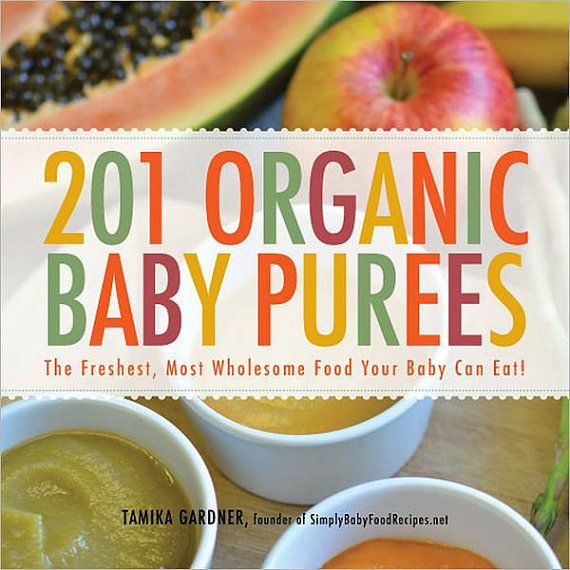
Meanwhile, the administrations of the Ecomarket in Konkovo and Danilovsky Market claim that checks are underway. But doubt breeds danger - the baby can get products that were grown with pesticides and other pesticides, and there may be nitrates in the products. And they are there. The question is quantity.
Fears for the quality of products will not dispel even the assertion that the products are from the grandmother's garden. As previously noted by LavkaLavka project expert David Yavruyan, the grandmother may have Chinese seeds contaminated with GMOs, and the water in the well does not meet strict sanitary standards. In addition, the expert recalls that in Russia villages were built along roads, which means that the soil can be contaminated with heavy metals and toxins from car exhaust. Even the cleanest grandmother will not be able to defeat this "infection".
If you do buy food at the market, be sure to wash it properly. About this in our article.
And yet - you can only buy verified healthy and organic, I focus on the certificate. It is issued by an independent body that, with its name, is responsible for the quality of products from seed to counter.
It is issued by an independent body that, with its name, is responsible for the quality of products from seed to counter.
What does organic baby food mean?
It's clear that LookBio is a fan of organic certifications and an organic approach to food production. But we turned to the baby food manufacturer Hipp for an explanation of what the “organic” mark on their products means. HiPP, in turn, gave information with reference to a large-scale study within the framework of the Quality Low Input Food (QLIF) project, conducted in the EU over four years:
Organic meat:
Safer
- no hormones
- without antibiotics
- contains significantly less harmful substances
Less fat
- Contains on average 10-20% less fat
Healthier
- contains twice the amount of omega-3 unsaturated fatty acids
Organic vegetables
Contains more:
- vitamins,
- minerals, antioxidants and other secondary plant substances,
- polyunsaturated fatty acids, essential amino acids
Contains less:
- heavy metals,
- mycotoxins,
- pesticide residues,
- nitrates
If we talk about the use of protective equipment in the process of growing crops, then about 20 substances of animal and vegetable origin are allowed in organic farming.
Yulia Gracheva, a representative of the St. Petersburg Ecological Union, recalls that the list of permitted pesticides in organic farming can fit on two pages, while the state register of permitted pesticides contains a list of 700 pages. And, returning to the previous point, the usual SanPin check only checks for a few pesticides.
Looking for certificates
Only an organic certificate can guarantee that you have bought an organic product. The most famous certificates: "Eurolist" for the EU countries, USDA for the USA. Russian private organic standards also exist, but they have not yet reached baby food, so it makes sense to focus on international signs. Previously, LookBio reviewed organic baby food. What we found can be seen here.
Experiments also speak in favor of organic baby food, when families were transferred from ordinary products to “pure organic”. The decrease in the level of pesticides and heavy metals in the organisms of the subjects was noticeable after a couple of weeks. Particularly revealing were the changes for the better in blood and urine samples in children. More about it here.
Particularly revealing were the changes for the better in blood and urine samples in children. More about it here.
Summing up, we can say that products from trusted manufacturers like grandma are better than others, but if you don’t have a farmer grandmother, then it’s safer to feed your baby in the first year of life with certified organic baby food.
May the power of their nutrients be with you!
how to choose the right products? • Experts speak • Zhmenka™
Experts speak
- Published admin
14 Jun
Each of us can attest to how strongly the first complementary foods, meals in kindergartens or schools influence the nutritional preferences and health of children throughout their lives. Scientific studies of recent years leave no doubt that children should eat, if possible, only healthy foods, because food directly affects the physical and psychological development of children.
For example, in Carschalon, outside London, renowned chef Jem Oliver's Food for Life program for school children has proven that eating well and living a healthy lifestyle improves learning outcomes and behavior. Thanks to proper nutrition, schoolchildren's performance in education has improved: 90% of graduates successfully passed exams in 2010, in 2002 this figure was 32%, when there was no emphasis on proper nutrition.
Schools and kindergartens in Italy, Great Britain, Sweden, Austria, France call themselves ecological, they switched to organic food. Studies of these countries confirm that children who regularly eat meals prepared from organic products have better concentration of attention, do not suffer from hyperactivity, are more calm and attentive in the classroom ...
, not yet. Therefore, it is necessary to feed children with useful healthy organic products at home.
When choosing food products, it is necessary to give preference to labeled products belonging to the organic category.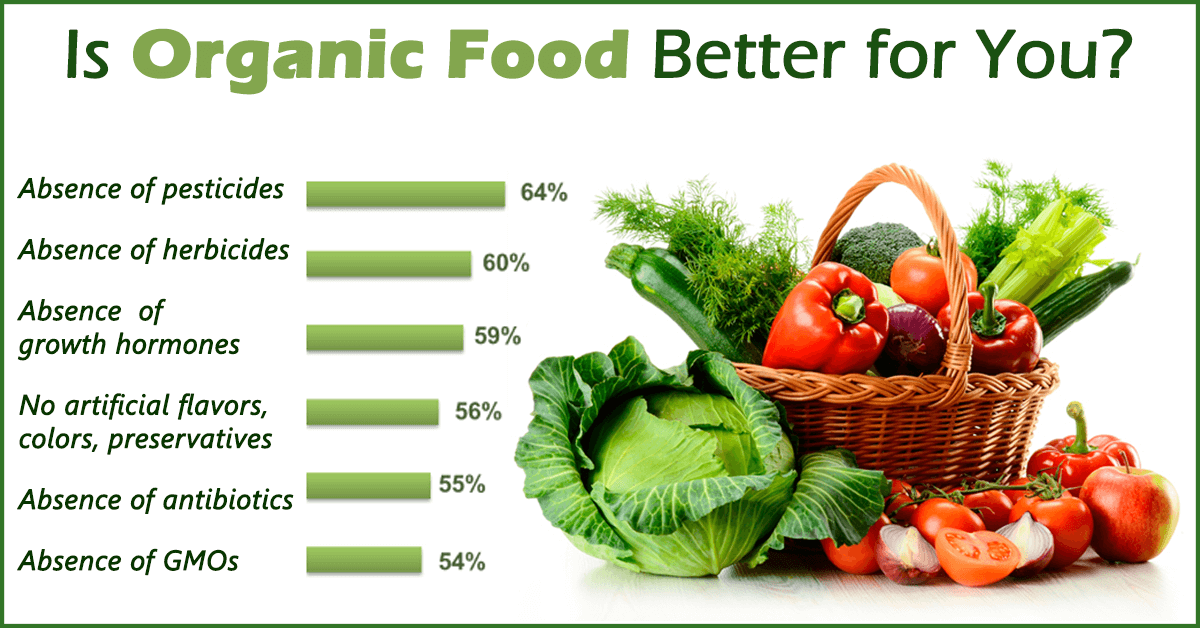 Those. those that are produced without the use of chemicals, pesticides, fertilizers, grown naturally away from industrial areas and highways.
Those. those that are produced without the use of chemicals, pesticides, fertilizers, grown naturally away from industrial areas and highways.
In organic farming, producers use biological and physical methods to control pests - natural enemies, ultrasound, traps. In the process of cultivation, many operations are carried out manually. “Ancient” technologies are often used: for example, they grind flour on stone millstones. An example is organic millstone whole grain flour TM Zhmenka. All this ultimately makes organic products expensive, but health is worth it!
Organic food is healthier
Organic product is not coated with pesticide cocktail. On average, 20-30 chemical toxic substances remain on the peel of even a well-washed inorganic apple. With an apple, they enter our body, and, what is most unpleasant, into the bodies of our children.
Fresh organic produce has 50% more vitamins, nutrients, enzymes and micronutrients than a similar product grown through intensive chemical processing. The difference is obvious.
The difference is obvious.
Compare the taste of organic and non-organic apples, and you will notice that the organic apple is more juicy, aromatic, and tasty.
What is the main organic product in the diet?
Switching to a 100% organic diet is quite difficult, so you need to choose the main foods that will provide your child's body with all the necessary and useful substances.
Everyone knows that cereals are the basis of proper nutrition, they are the basis of the nutrition pyramid and contain whole grains. These foods are an excellent source of B vitamins, fiber, and other valuable micronutrients.
The most useful of these products are buckwheat, barley, corn, wheat, millet and other cereals. All these organic cereals are presented under the trademark "Zhmenka", which was the first to introduce the culture of consumption of organic products in Ukraine.
Zhmenka TM organic cereals pass all stages of testing for compliance with the highest quality criteria of IFOAM (International Federation of Organic Agriculture), and the Swiss organization IMO certifies the land, production, organic grain cultivation technologies and the organic cereals themselves.